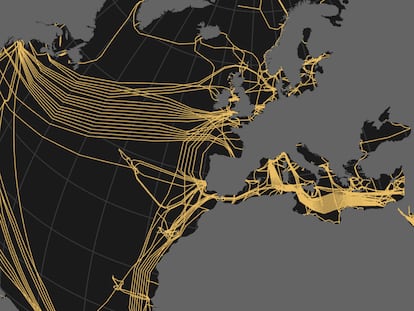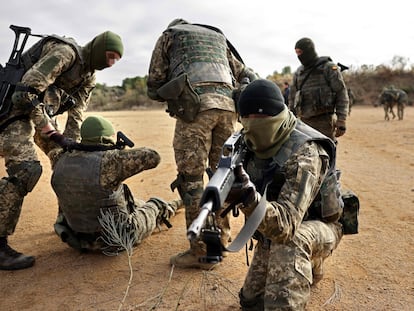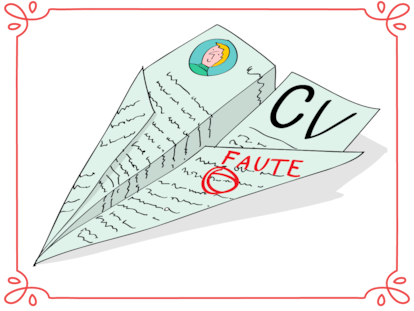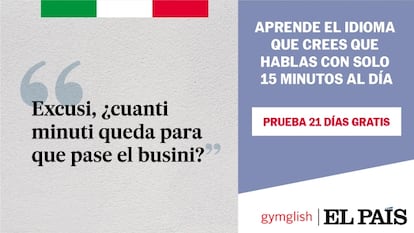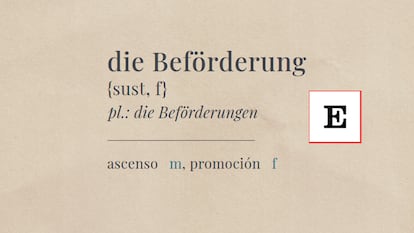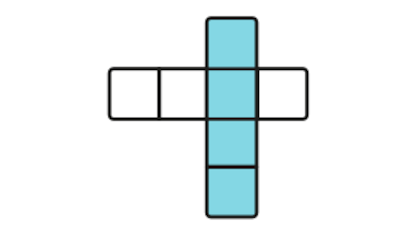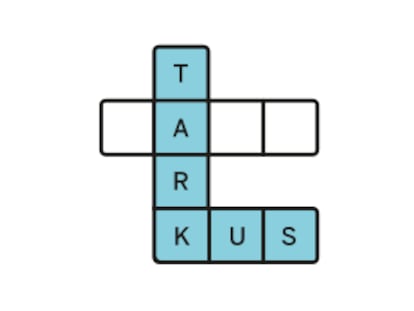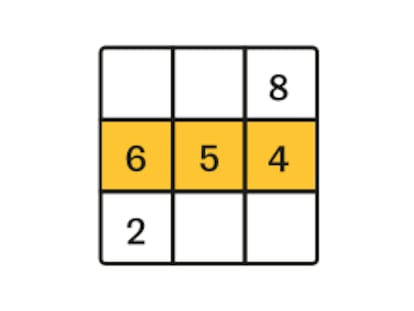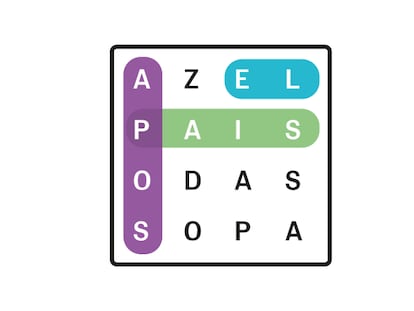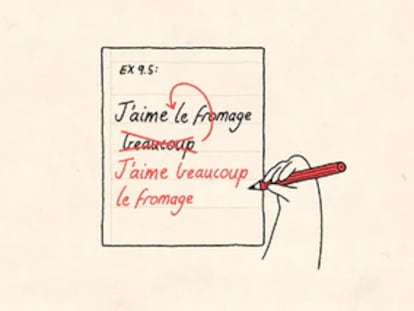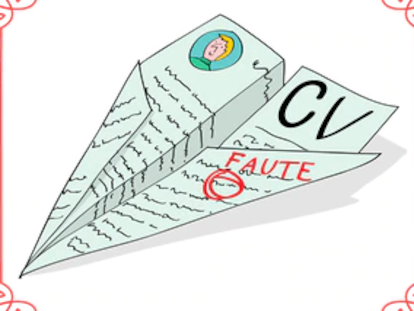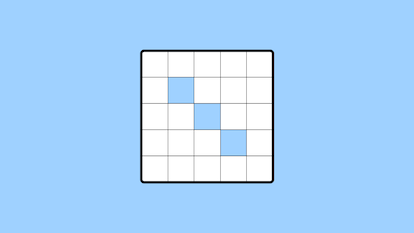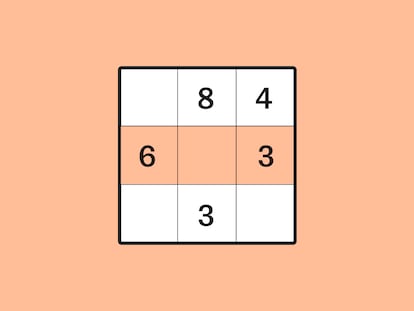The European Union, a project designed for peace, is preparing for war
After decades in the background, security and defense issues now permeate the entire agenda in Brussels
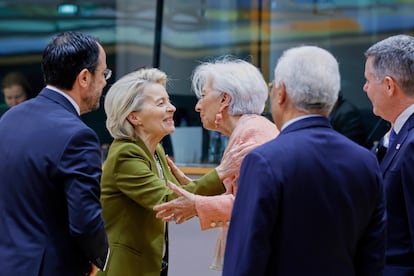

The European project, founded in the second half of a turbulent 20th century to guarantee peace on the continent, is preparing for war in the explosive first quarter of the 21st. Security and defense, concepts that seemed devoid of content in European Union policy in recent decades, now permeate the entire agenda, policies, budget plans, and debates in Brussels. The transformation of the world order is driving the effort to make Europe more flexible, streamlined and simplified. Preparations for the urgent geostrategic challenges facing Europe are frantic.
“The era of the peace dividend is long gone,” European Commission President Ursula von der Leyen stated on March 19 in a white paper on European defense and rearmament. The budget used to build hundreds of thousands of kilometers of roads in Europe will be used to pay for infrastructure that can withstand the weight of tanks and other military vehicles. This is a sign of the times. “We will look at all of our policies through a security lens. We will plan for scenarios that we hope will never come to pass, but we cannot take the risk of being underprepared or over-reliant,” warned the head of the European Commission when she outlined her political guidelines for this term before the European Parliament. “The risks are real, the responsibilities are serious,” she emphasized. Since then, everything has accelerated even further.
The sense of emergency has been pervasive for months. Donald Trump’s return to the White House, with impulsive decisions and a serious disengagement from transatlantic relations, has further fueled uncertainty. The European Union is seeking to secure its place and ensure its autonomy in a new world order that is being redefined. “Unless we shape this order — in both our region and beyond — we will be passive recipients of the outcome of this period of interstate competition with all the negative consequences that could flow from this, including the real prospect of full-scale war. History will not forgive us for inaction,” warns the White Paper for European Defence, presented last week in Brussels.
In Brussels, some say it seems the Commission has been transformed into a Ministry of Defense. Geopolitics and security permeate everything, as a group of journalists from Spanish newspapers, including EL PAÍS, invited by the Commission on a recent study trip, discovered. It is reminiscent of crises like the Covid-19 pandemic, but defense and security are meant to endure, not just in the face of military dangers. The EU also wants economic, climate, and energy security.
The white paper defining the threats facing the EU complements ReARM Europe, the most ambitious plan to date to strengthen European militaries and the defense industry, presented two weeks ago. It is also a call to urgent action: “The rest of the world is engaged in a race towards military modernisation and technological and economic advantage. This race is intensifying, and Europe has yet to carve out a fully coherent response.” Russia is the greatest threat to the Union, and the war in Ukraine will determine Europe’s future, the document states. China, the world’s second-largest defense investor and the EU’s trading partner, is a source of concern due to its destabilization potential and its ambitions toward Taiwan. Tensions in the Middle East are not only a security concern, but also an economic one.
The catalog of dangers facing the EU also includes hybrid threats such as cyberattacks, acts of sabotage, and disinformation campaigns. Europe must also take into account that its competitors are investing heavily in technologies critical to economic and military growth, such as artificial intelligence, robotics, quantum mechanics, biotechnology, and hypersonics. European militaries need more air defense systems, artillery, ammunition, missiles, and drones. This also applies to the cyber and electronic fields, as well as to space. Military mobility, stockpiling, and the reinforcement of external borders are priorities to prepare for the worst-case scenarios.
Brussels sees security and prosperity as two sides of the same coin. In a speech marking the first 100 days of the 2024-2029 Commission, Von der Leyen said on March 9 that “Europe’s economic and innovative potential is an asset for its security. Vice versa, Europe’s defense efforts can give a massive boost to a more competitive Single Market in the mid and long term.” Programs to promote research, development, and innovation seek to reduce the technological gap that hinders the Union’s geostrategic capabilities. Innovation has come to the forefront of European policy after years of declining productivity compared to the United States. With the Draghi report as a guide that garners sympathy in the European political center, the European executive sets itself the goal of reducing Europe’s excessive dependence on technology and raw materials and moving toward strategic autonomy.
Flexibility and simplification
The European Union, aware of its vulnerability and disadvantage, is breaking taboos and seeking formulas to build a security architecture that can withstand any scenario, even those hitherto unimaginable, "such as armed aggression," according to the white paper. The rigid European budget is seeking space to respond more flexibly to crises. Simplification has also become a mantra. The idea is that in the next multiannual financial framework, which begins in 2028, spending will be more efficient and simple, focusing on strategic sectors and technologies.
Brussels, trained with the Next Generation recovery funds, which were used to address the pandemic and the energy crisis stemming from the war in Ukraine, is now considering bypassing the EU’s new fiscal rules in their first year of implementation. This is one of the pillars of the ReArm plan: the possibility of activating the escape clause to spend up to 1.5% more of GDP on defense — outside the 3% deficit ceiling — without being penalized.
The EU executive hopes to boost member state spending by €800 billion ($865 billion) beyond the 2% commitment to NATO, a threshold that will be obsolete at the June summit. The EU-27 can spend €650 billion through this flexibility in spending rules, and €150 billion through loans on advantageous terms, with accelerated and simplified procurement processes and VAT exemptions. In return, the Commission sets certain conditions to ensure more and better purchasing, but also more European purchasing, such as requiring at least 65% of the simplest military products — ammunition, drones, cybersecurity — be European. In the case of more complex systems, such as air defenses, it requires that the design authority be European, so as not to lose control over their use.
The plan seeks to reduce dependence on the United States, which must authorize the use of the weapons it sells. It seeks to aggregate demand and thus ensure that member states obtain better prices and delivery times. In the race against time to urgently rearm, other factors that hamper the EU’s deterrent capacity, such as fragmentation and duplication, are, however, being left aside. The Commission is aware that many more measures are needed and is already working on an omnibus legislative package, in addition to an EU Preparedness Strategy, which it will present in the coming months.
Sign up for our weekly newsletter to get more English-language news coverage from EL PAÍS USA Edition
Tu suscripción se está usando en otro dispositivo
¿Quieres añadir otro usuario a tu suscripción?
Si continúas leyendo en este dispositivo, no se podrá leer en el otro.
FlechaTu suscripción se está usando en otro dispositivo y solo puedes acceder a EL PAÍS desde un dispositivo a la vez.
Si quieres compartir tu cuenta, cambia tu suscripción a la modalidad Premium, así podrás añadir otro usuario. Cada uno accederá con su propia cuenta de email, lo que os permitirá personalizar vuestra experiencia en EL PAÍS.
¿Tienes una suscripción de empresa? Accede aquí para contratar más cuentas.
En el caso de no saber quién está usando tu cuenta, te recomendamos cambiar tu contraseña aquí.
Si decides continuar compartiendo tu cuenta, este mensaje se mostrará en tu dispositivo y en el de la otra persona que está usando tu cuenta de forma indefinida, afectando a tu experiencia de lectura. Puedes consultar aquí los términos y condiciones de la suscripción digital.
More information
Archived In
Últimas noticias
Most viewed
- Reinhard Genzel, Nobel laureate in physics: ‘One-minute videos will never give you the truth’
- Oona Chaplin: ‘I told James Cameron that I was living in a treehouse and starting a permaculture project with a friend’
- Pablo Escobar’s hippos: A serious environmental problem, 40 years on
- Chevy Chase, the beloved comedian who was a monster off camera: ‘Not everyone hated him, just the people who’ve worked with him’
- Why we lost the habit of sleeping in two segments and how that changed our sense of time
